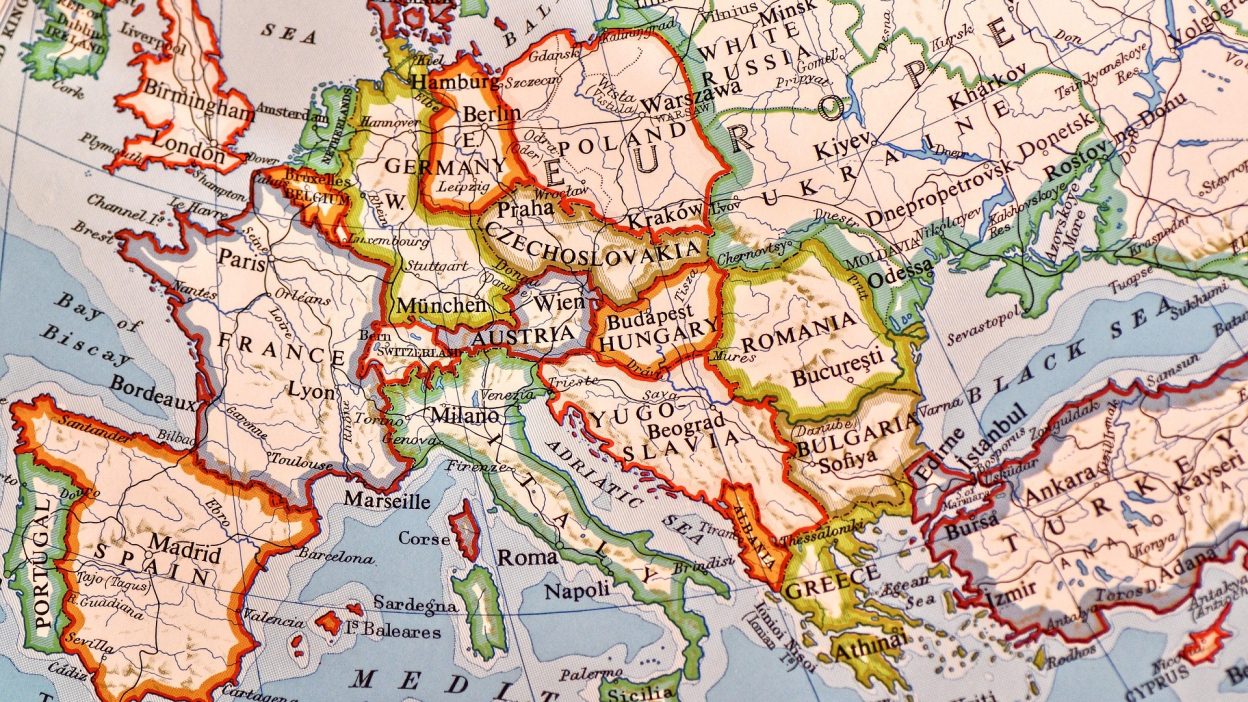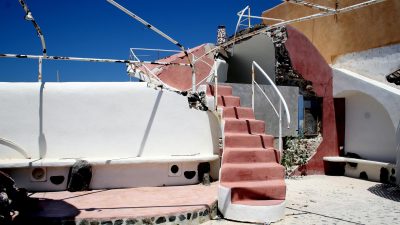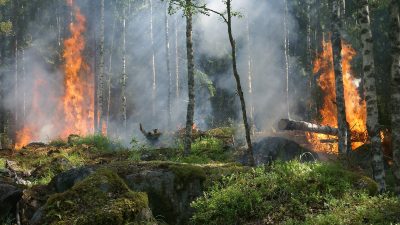How Climate Change and Political Failures Led to One of History’s Deadliest Food Crises
1. A Disaster Unfolds: Understanding the Great European Famine (1315–1317)
The Great European Famine of 1315–1317 was one of the most severe food shortages in medieval history. It struck a continent already grappling with economic strain, exhausted farmlands, and an increasing population. The famine resulted in widespread starvation, disease outbreaks, social instability, and a shift in societal structures, leaving lasting effects that contributed to later crises such as the Black Death.
This was not a singular event but a prolonged period of distress triggered by continuous heavy rains, failing crops, and an ineffective feudal system unable to cope with the crisis. For three years, Europe suffered as grain supplies diminished, prices surged, and desperate populations resorted to extreme survival tactics. The famine reshaped Europe, altering its trajectory for centuries.
2. Was It Natural or Man-Made? Examining the Causes of the Famine
The famine stemmed from an abrupt and severe shift in climate. In early 1315, relentless rainfall began sweeping across much of Europe, ruining farmlands, drowning crops, and making agricultural activity nearly impossible. This marked the onset of what is now termed the Little Ice Age, a period of sustained cooling that affected climates globally for centuries.
However, this crisis was not solely caused by nature. The rigid feudal system and ineffective governance exacerbated the disaster. Rulers and elites hoarded supplies instead of implementing proper relief efforts, while inefficient trade routes collapsed under the strain of food shortages. The combination of climatic change and governance failures turned a difficult period into an enduring catastrophe.
3. The Devastation: Death Toll, Disease, and Social Collapse
- Widespread Mortality: Though exact numbers are uncertain, historians estimate that between 10–25% of Europe’s population succumbed to starvation and disease. Certain urban centres faced even higher casualties.
- Malnutrition and Epidemics: A lack of food weakened immune systems, making populations highly susceptible to diseases like dysentery, tuberculosis, and respiratory infections. Starvation severely reduced their ability to fight off illnesses.
- Crime and Disorder: As desperation grew, theft, riots, and violent crimes surged. Starving communities targeted food stores, markets, and wealthy estates in attempts to survive.
4. How the Famine Reshaped Medieval Society
The famine exposed the vulnerabilities of medieval society. The feudal structure, heavily reliant on peasant labour, weakened as entire villages vanished. Landowners found themselves struggling to maintain their estates due to labour shortages, subtly shifting power dynamics in favour of the lower classes in the years that followed.
Additionally, urban centres, which were already gaining prominence, became even more significant as rural populations declined. The crisis also led to growing distrust in religious and political institutions, as neither the Church nor the ruling class managed to provide adequate aid. These societal shifts set the stage for future uprisings and economic transformations.
5. The Rich vs. The Poor: How Famine Became a Tool of Power
While the poor endured extreme suffering, the wealthy took advantage of the crisis. Grain traders and landowners hoarded supplies, inflating prices and selling food at exorbitant costs. Rather than assisting struggling populations, those in power exploited the scarcity for personal gain.
Some feudal lords tightened control over their serfs, increasing demands for labour in exchange for sustenance. The famine thus became more than a natural disaster—it became a mechanism for class oppression. This exploitation was not forgotten and contributed to the increasing tensions that fuelled later revolts.
6. Separating Fact from Fiction: The Political Failures Behind the Famine
For centuries, the famine has been viewed purely as a natural disaster caused by relentless rain and crop failures. However, contemporary historians argue that while weather played a significant role, governance failures magnified the crisis.
Leaders had opportunities to mitigate the impact through better food storage, trade strategies, and relief initiatives, yet they largely failed to act. Instead of viewing the famine as an inevitable disaster, it is now understood as a combination of natural hardship and systemic failure.
7. The Darkest Consequences: Cannibalism and Unimaginable Horror
- Parents Consuming Their Children: Reports from the time indicate that some desperate parents resorted to eating their deceased children to survive, highlighting the sheer horror of the famine.
- Human Flesh as a Last Resort: In some of the worst-hit regions, starvation led individuals to hunt and consume human flesh when all other options were exhausted.
- The Breakdown of Society: As desperation took hold, moral and social norms disintegrated. Once-stable communities turned on each other, prioritising survival above all else.
8. The Long-Term Impact: How the Famine Changed Europe
The Great Famine left profound long-term effects. The significant population loss led to economic instability, with agriculture remaining fragile for years even after the famine ended. Trade systems had collapsed, and some regions never fully recovered.
The famine also altered European power structures. With feudalism weakened and rural populations displaced, towns and cities gained influence. These changes contributed to the eventual decline of feudal society and the rise of early capitalist economies. Some historians argue that the famine’s devastation also made Europe more susceptible to the Black Death in the following decades.
9. Is the World Still at Risk of a Similar Catastrophe?
Despite advancements in food production and technology, the risk of famine remains. Climate change, political instability, and economic inequality continue to threaten food security. Just as in the 14th century, those in power frequently prioritise profit over humanitarian relief, leading to preventable food shortages.
With global supply chains more fragile than ever, a large-scale food crisis could have disastrous consequences. The Great European Famine stands as a stark warning—failure to act in times of crisis results in widespread suffering. Understanding history is key to preventing a repeat of such devastation.
10. Final Thoughts: The Great Famine as a Lesson for Modern Society
The famine of 1315–1317 was not just a medieval disaster—it was a pivotal event that reshaped European history. It exposed the vulnerabilities of societies overly reliant on agriculture and demonstrated how poor leadership can worsen an already dire situation.
Though the world has evolved, the underlying lessons remain relevant. Food security cannot be taken for granted, and during crises, it is often the most vulnerable who suffer the most. The Great Famine serves as a reminder that history must not be ignored if we wish to avoid repeating its darkest chapters.
FAQs on the Great European Famine (1315–1317)
- What were the main causes of the Great European Famine?
A: A combination of prolonged heavy rains, failed harvests, and political mismanagement led to widespread starvation.
- How many people died during the famine?
A: It is estimated that between 10–25% of Europe’s population perished due to hunger and disease.
- Were there reports of cannibalism?
A: Yes, historical records document cases of cannibalism, including instances where desperate individuals consumed human flesh.
- What were the long-term effects of the famine?
A: The famine weakened feudalism, increased social unrest, and may have contributed to the high death toll of the Black Death.
- Could the famine have been prevented?
A: With better governance, improved food storage, and strategic trade policies, some of the worst effects could have been mitigated.
References:
The Great Famine, 1315-1317: Catastrophe in Medieval Europe
Great Famine of 1315–1317
The Great Famine (1315–1317)
The Great European Famine of 1315, 1316, and 1317
The Great Famine: Europe’s Dark Years
YTlinks
Hell on Earth: The Great Famine of 1315-1317
The Great European Famine: The First Catastrophe of the 14th Century
A Hellish Destiny? The Great Famine of 1315-1317.




